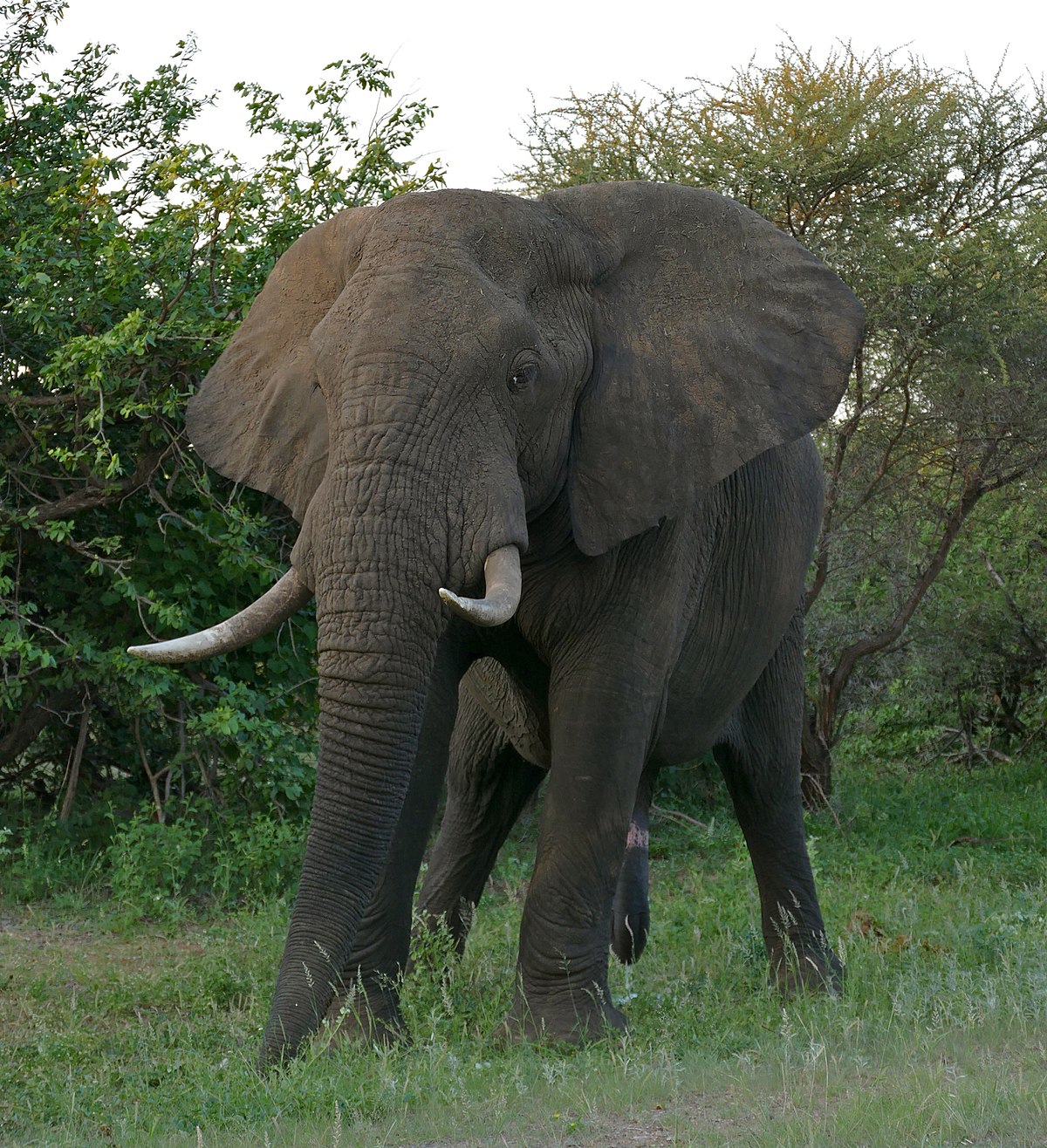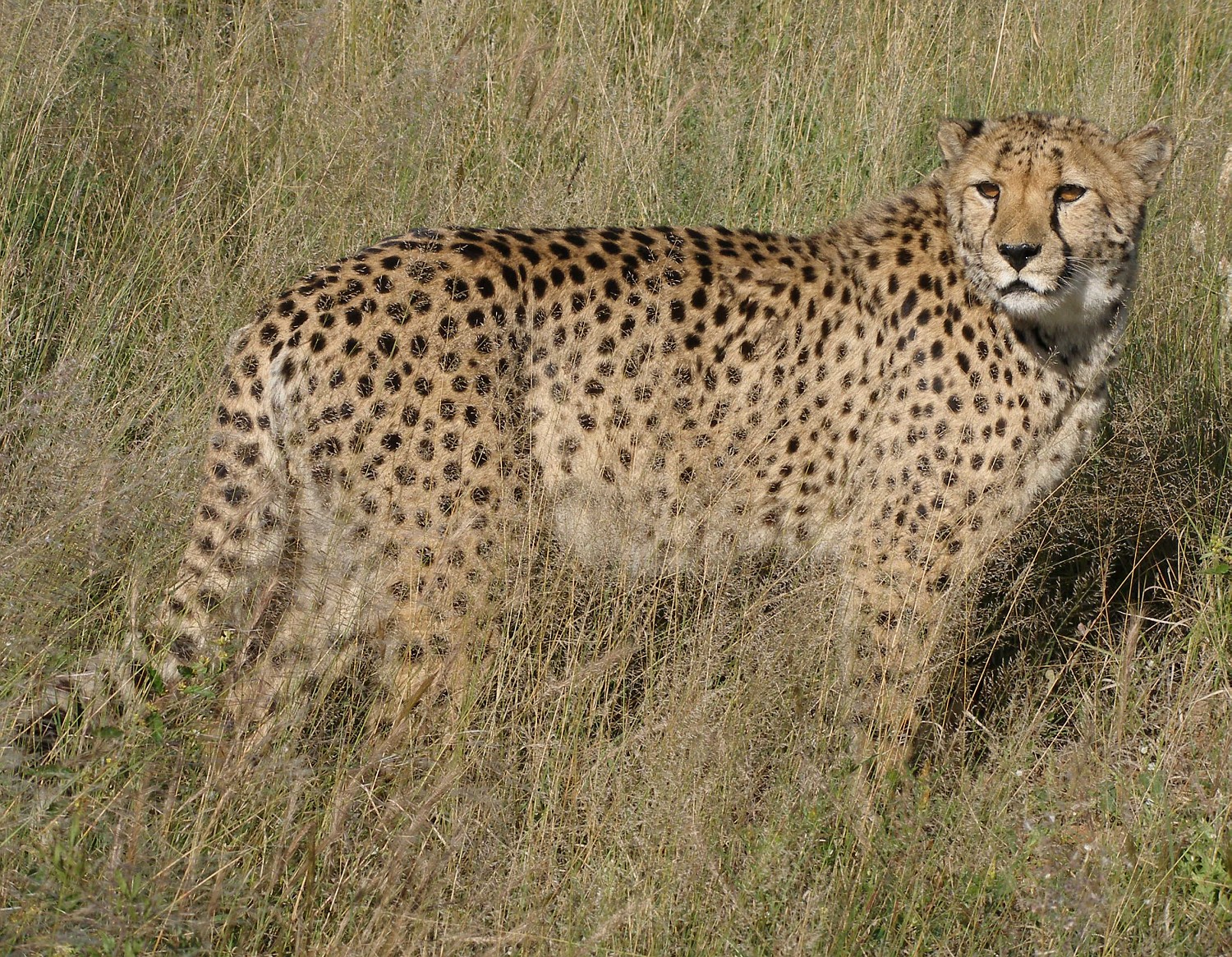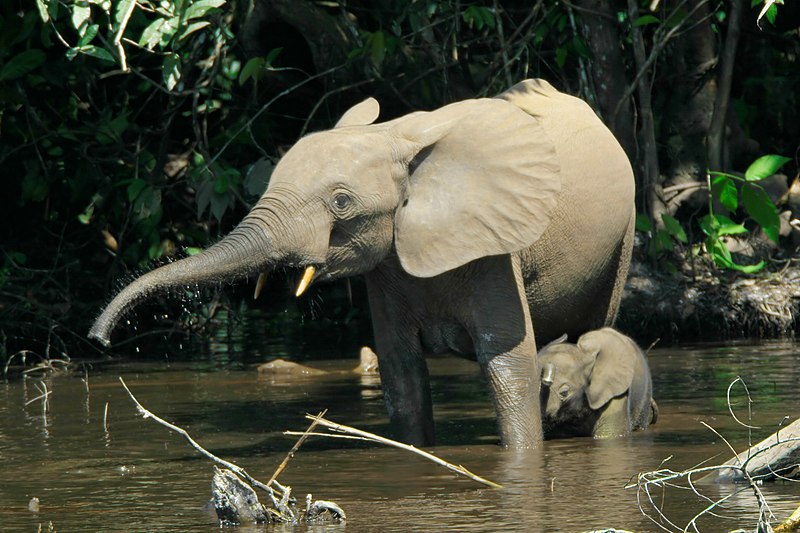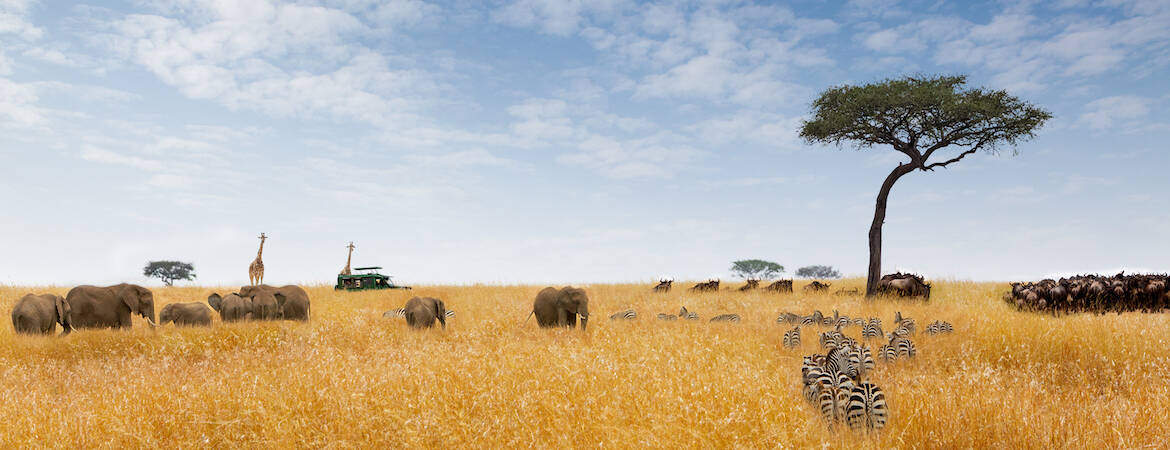
Species Overview:
Common Name: African Elephant
Scientific Name: Loxodonta africana
Region: Sub-Saharan Africa
Physical Description: Largest land mammal, characterized by large ears, tusks, and a trunk.
African Elephant
Scientific Name: Loxodonta africana
Behavior and Ecology: Highly social, forming matriarchal herds; important seed dispersers.
Conservation Status: Vulnerable due to poaching and habitat loss.
Interesting Facts: African elephants communicate over long distances using low-frequency sounds.

Species Overview:
Common Name: Saharan Cheetah
Scientific Name: Acinonyx jubatus hecki
Region: Sahara Desert
Physical Description: A subspecies of cheetah adapted to desert life; lighter coat with less prominent spots.
Saharan Cheetah
Scientific Name: Acinonyx jubatus hecki
Behavior and Ecology: Solitary hunters adapted to extreme desert conditions, primarily nocturnal.
Conservation Status: Critically Endangered due to habitat degradation and prey scarcity.
Interesting Facts: Saharan cheetahs are more elusive and adapted to arid climates compared to other cheetahs.

Species Overview:
Common Name: African Forest Elephant
Scientific Name: Loxodonta cyclotis
Region: Africa
Physical Description: Smaller than the savanna elephant, with straighter tusks and a more rounded appearance.
African Forest Elephant
Scientific Name: Loxodonta cyclotis
Behavior and Ecology: Inhabit dense forests, playing a critical role in seed dispersal and forest regeneration.
Conservation Status: Critically Endangered due to poaching for ivory and habitat loss.
Interesting Facts: They communicate using low-frequency rumbles that can travel long distances through the ground.

